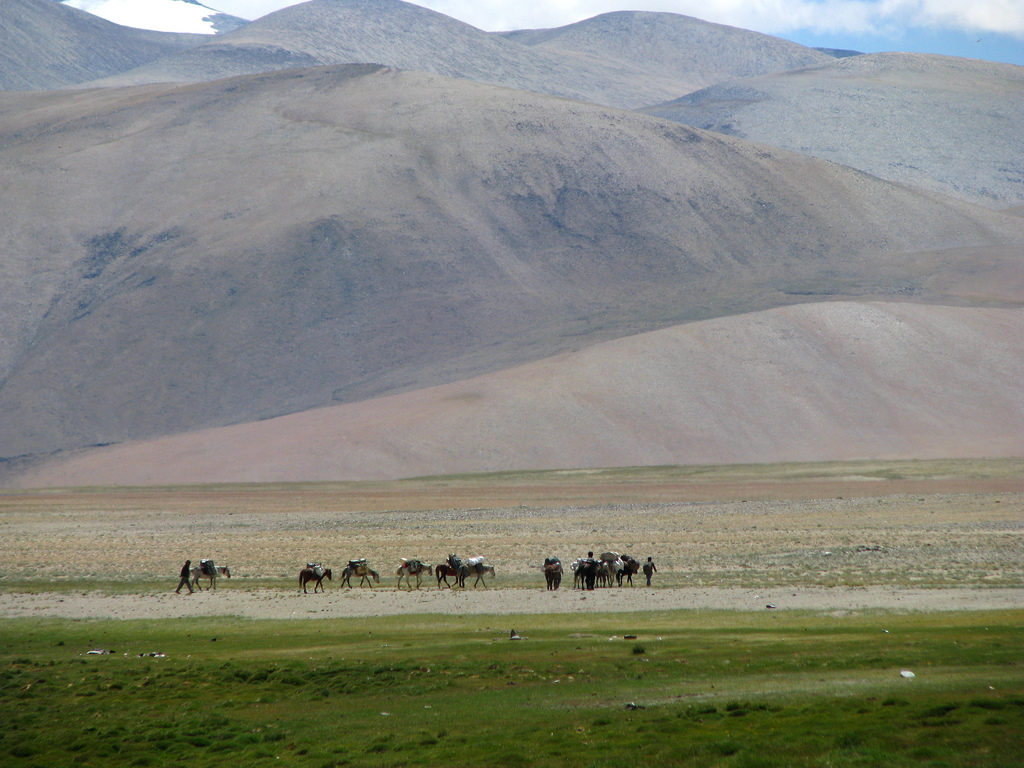Potential geothermal development in Puga Valley/ Kashmir – a never ending story

With the potential, geothermal energy could play an important role in providing heat and electricity to Puga Valley near Ladakh in Kashmir, but little has happened despite international interest.
Since 2008, from time to time we have reported on a potential geothermal project in Puga Valley in Ladakh in the Kashmir province of India. Unfortunately there has been no real progress.
A recent article in India talks about the great potential geothermal energy could play in the valley, producing about 40% of its electricity needs.
Puga Valley in the Ladakh region of Jammu & Kashmir is one of the areas in India, that showed significant potential for geothermal energy in early studies by the Indian government. Puga lies in the south-eastern part of Ladakh and forms a part of the Himalayan geothermal belt. This zone shows evidence of geothermal activity in the form of hot springs, mud pools, sulphur and borax deposits.
“Since Ladakh lies in the confluence of two continental plates, geothermal (energy) can be found easily here. The potential is strong as we have good source of water due to rivers and hot springs,” Jigmet Takpa, Director, Ladakh Renewable Energy Development Agency (LREDA), told indiaclimatedialogue.net. “More survey is needed to test the depth in the valley. We need to reach a minimum of 2 km depth to see how temperature changes, if it is earth’s heat or magma, or if lava is coming out.” To find the real potential in Puga Valley, there is a need for in-depth information on the reservoirs.
Although Ladakh has 320 sunny days, and is conducive for solar power generation, there are challenges galore. Takpa says, “During the day, solar power is fine, but for nights, we need storage. Solar energy is not steady. The grid cannot take fluctuations.”
Battery storage is not affordable right now. There are transmission and distribution losses. Hydropower is difficult here as severe winters in the region freeze rivers and springs. Also, less water is discharged. Adding to these issues are floods and landslides, which lead to water blockages.
That leaves geothermal as a real alternative.
According to a paper titled Assessment of subsurface temperature distribution from the gauged wells of Puga Valley, Ladakh published in the Geothermal Energy journal in 2017, it is estimated that over 5,000 MWh of geothermal energy is available at Puga at current depths, which could be used for heating, greenhouse cultivation and electricity generation. Studies have indicated that there is a 90% probability that the Puga field could sustain a 20 MW power plant at the current shallow depth of drilling. A 20 MW geothermal plant at Puga could save three million litres of diesel burnt annually in the region at a cost of approximately $ 2 million.
So the question if at some point things could pick up in Puga.
Source: India Climate Dialogue